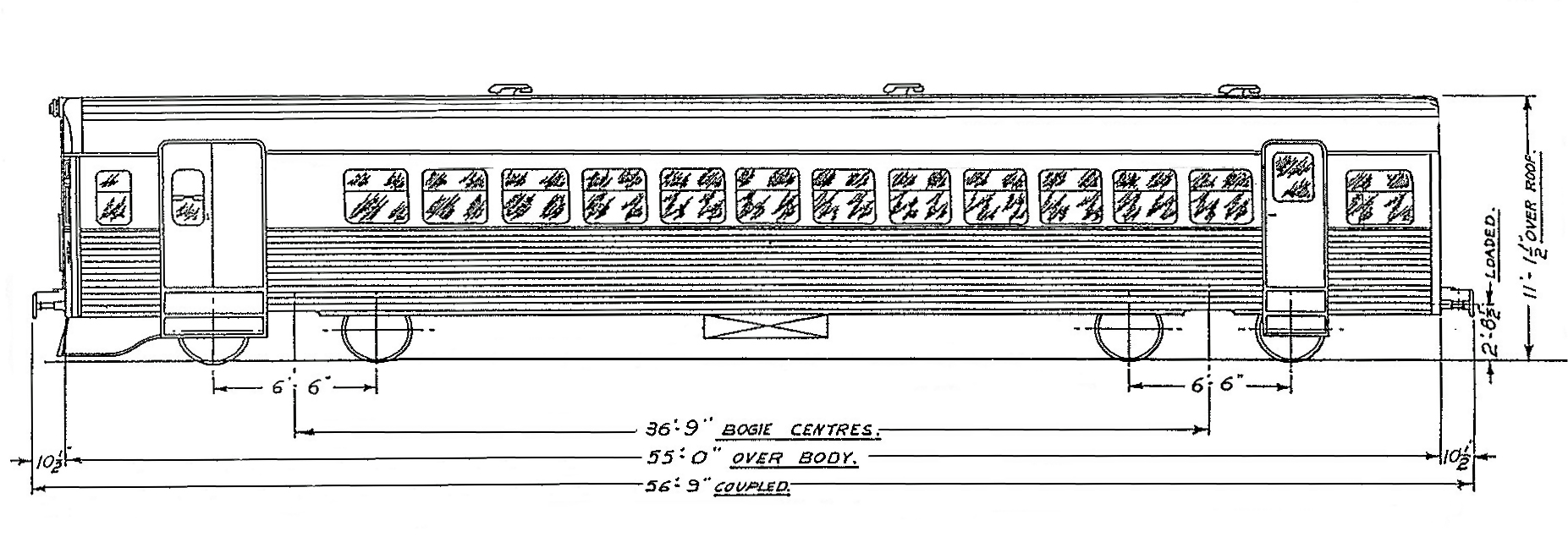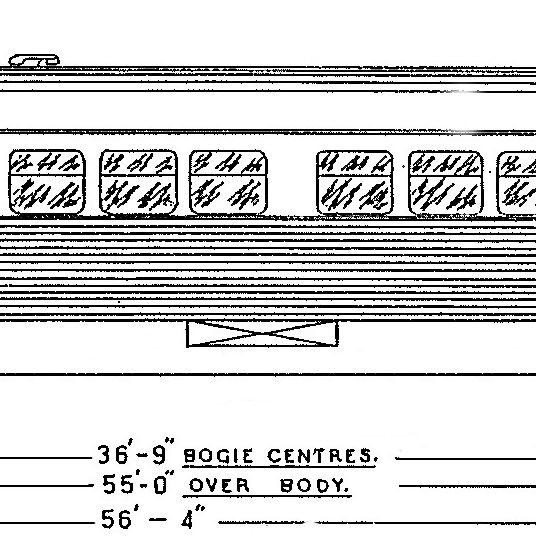In October 1953, Ipswich Workshops were authorised to design a two-car unit which would differ from the previous 1800 class by having an engine under each vehicle to enable better acceleration. The design was approved and the first two units, numbered 2000 and 2001 were built at Ipswich in 1955. Car Nº 2000 had a seating capacity of 54 while Nº 2001 had accommodation for only 42 passengers but included a luggage compartment of 100 square feet. Both were powered with 125hp AEC diesel engines which were later replaced with 150hp Rolls Royce engines similar to subsequent later built units.
They were initially used on ‘near country’ services from Brisbane to Gatton, Kilcoy and Toogoolawah. After initial teething problems, they proved to be a success and an order was placed with Commonwealth Engineering, Rocklea for a further ten two-car sets numbered 2002 to 2021. These entered service in 1960/61 and were sheeted in stainless steel rather than the satin finish aluminium used on the first two cars.
Increased number of cars saw their areas of operation extended including Helidon Co-ordinated services. These connected with a motor bus for the continuation of the journey to Toowoomba. They were quite popular as the travelling time was much shorter than the full rail journey was it was only 12 miles from Helidon to Toowoomba by road while the railway followed a circuitous route of 29 miles. The rail cars were capable of 60 mph and covered the 71.5 miles between Helidon and Brisbane at an average of 37.2 mph.
A further five two-car units were ordered in 1962 and they were allocated to more areas which allowed some of the older red rail motors to be retired. Another 10 cars were obtained in 1971. These consisted of one two-car set (2032 + 2033), four passenger cars (2034, 2036, 2038 & 2040) and four (PLDT) intermediate cars (2051, 2053, 2055 & 2077). The Passenger Luggage Driving Trailers (PLDTs) contained a driving compartment at one end with a seating capacity of 52 and enabled sets to be increased in size up to four cars.
The 1965 timetable listed “Daylight Rail Tours” which operated between May and September each year from Brisbane to Cairns and return worked with 2000 Class rail cars. Rail travel was restricted to daylight with four overnight stops and included bus trips to places of interest. They were popular with tourists and became the “Daylight Rail Experience” worked by engine and cars in April 1983.
With the decline in country passenger numbers, the 2000 Class was used to replace country trains such as those to Wallangarra, Roma, Gympie and Bundaberg. They were also increasingly used on Brisbane suburban services and no less than thirteen were allotted to South Brisbane in 1973. Later, during suburban electrification works they were used extensively to provide connecting services.
There were a few changes made to the fleet over their lifetime. The most noticeable were moving the headlights to above the front windows and moving the exhaust pipes from the middle to the end of the cars. In 1985 tenders were called for replacement engines for some units. Rolls Royce Eagle 220H 160hp engines were chosen and they were fitted to ten units (2022, 2023, 2024, 2025, 2026, 2027, 2028, 2029, 2030, 2031).
The suburban, stop, start working took its toll on the cars and withdrawals commenced in 1987. Country rail car services ceased in 1993. Their last use in regular service was on the Corinda – Yeerongpilly shuttles on 26th January 2000 by which time all country services had been withdrawn.
Passenger Cars
Running Numbers: 2000, 2002, 2004, 2006, 2008, 2010, 2012, 2014, 2016, 2018, 2020, 2022, 2024, 2026, 2028, 2030
Seat :54
Tare Weight: 21Tons 16cwt (22.149 t)
Gross Weight: 25 Tons (25.4 t)
Length over Body: 55’ (16.764 m)
Overall Length: 56’ 4” (17.170 m)
Luggage Driving Trailers
Running Numbers: 2051, 2053, 2055, 2077
Seat: 52
Tare Weight: 21 Tons 13 cwt (21.996 t)
Gross Weight: 25 Tons (25.4 t)
Length over Body: 55’ (16.764 m)
Overall Length: 56’ 9” (17.297)
Passenger Luggage Cars
Running Numbers: 2003, 2005, 2007, 2011, 2013, 2015, 2017, 2019, 2021, 2023, 2025, 2027, 2029, 2031, 2033
Seat: 42
Tare Weight: 21Tons 13cwt (21.996 t)
Gross Weight: 25 Tons (25.4 t)
Length over Body: 55’ (16.764 m)
Overall Length: 56’ 4” (17.170 m)




